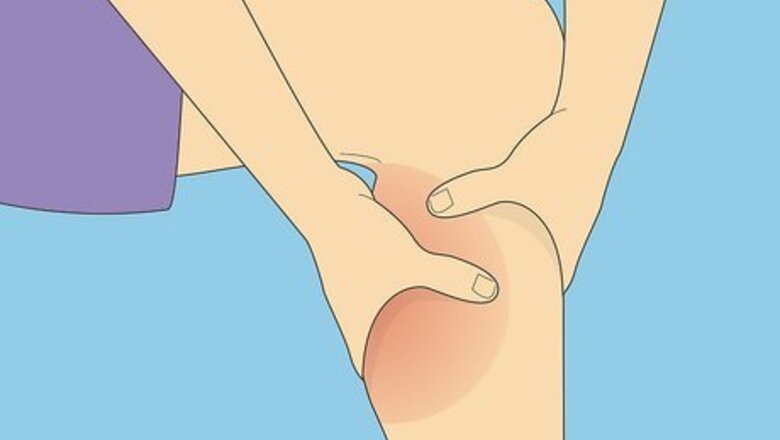
views
Massage sore muscles.
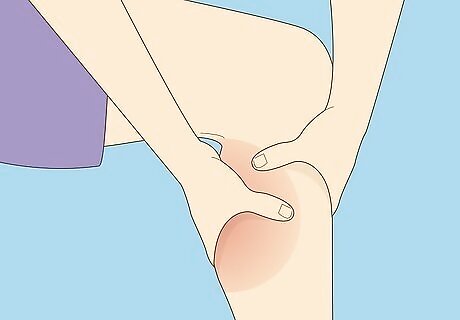
Massaging promotes blood-flow to sore muscles. This, in turn, brings oxygen to muscles trying to recover. Use your fingertips to lightly massage the areas that hurt–the massage may not feel good in the short-term, but it will help your muscles heal faster if you sit through the pain. Get a foam roller to massage your own muscles if you cannot get a friend to help. Simply use your body weight to roll the tube over the affected area.
Stretch sore or tight muscles.
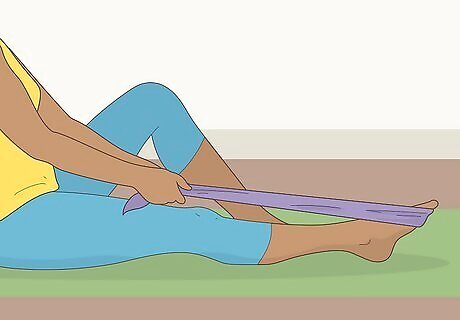
Stretching increases flexibility by elongating muscle fibers. It can also limit your soreness when done correctly. Focus on stretching the hurt muscles for 20-30 seconds each. Stretch lightly–you do not want to feel pain. Deepen your stretch as you loosen up, pushing yourself a little farther with each breath.
Apply heat to the muscles.
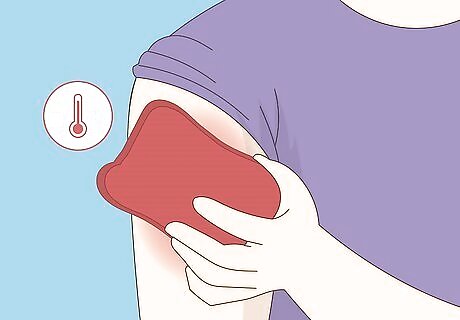
Heat relaxes your muscles to provide short-term relief. While this seems contradictory to the “apply ice” advice, it can be a great solution for aching muscles. Take a hot shower or bath or apply a heat back for 20 minutes to loosen your muscle fibers. Heat will help with the pain, but it will not help heal your muscles.
Apply ice immediately after exercise or injury.
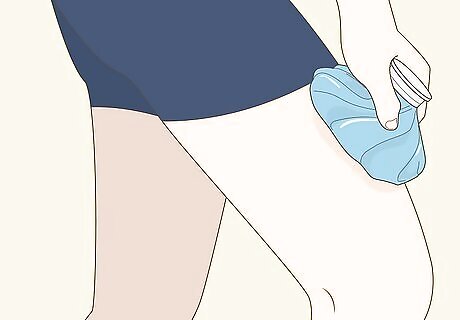
Ice prevents painful inflammation. More specifically, applying ice shortly after a work-out can slow down the inflammation process that causes muscle soreness. Wrap a bag of ice in a towel or t-shirt and apply to the affect muscles for 20 minutes. Rest for 40 minutes and then reapply the ice for another 20. Never apply ice directly to the skin or for more than 20 minutes, as this can cause frost-bite. Ice baths, found in most professional athletic training rooms, are a fantastic way to ice multiple muscles at once.
Move around.
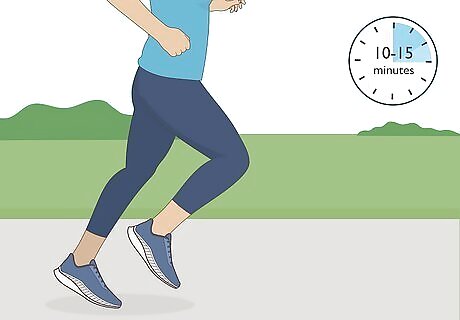
Slow movement increases blood flow to sore muscles and speeds up the healing process. While you shouldn’t go exercise, get up and walk around or go for a light 10-15 minute jog to get your heart rate up and blood flowing. If you are really sore, simply raise your arms over your head and breathe deeply for 1-2 minutes, lightly bending and twisting to stretch.
Hydrate well.
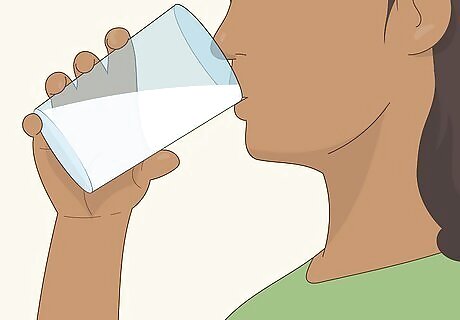
Water is essential for removing waste from sore and tired muscles. With this in mind, you should always drink 4-6 glasses of water every day. After a workout, be sure to drink 16-20 ounces of water to replenish lost fluids.
Replenish your electrolytes.
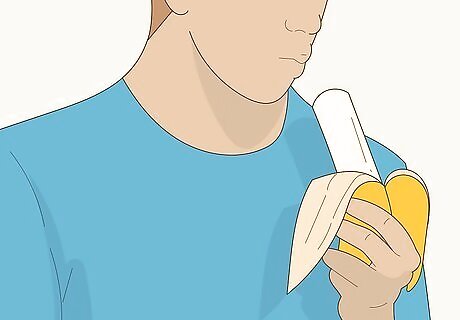
Many muscle cramps are the result of a lack of electrolytes. Unfortunately, this deficiency can cause your muscles to spasm painfully. Eat a banana, a handful or pretzels, or drink a sports drink to replenish the essential electrolytes that your muscles need.
Eat plenty of protein.
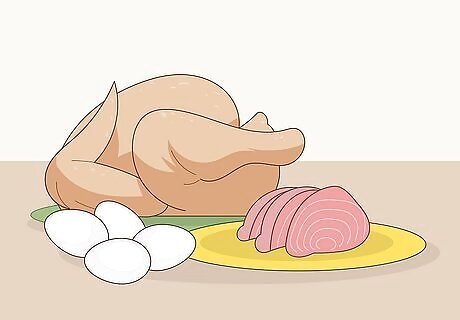
Muscles need protein to grow back after a workout. So, eat a diet heavy in protein within 1-2 hours of working out to prevent soreness. Natural sources like chicken, peanut butter, tuna, and eggs will absorb quickly, but some people love the convenience of protein powder.
Take over-the-counter painkillers in moderation.
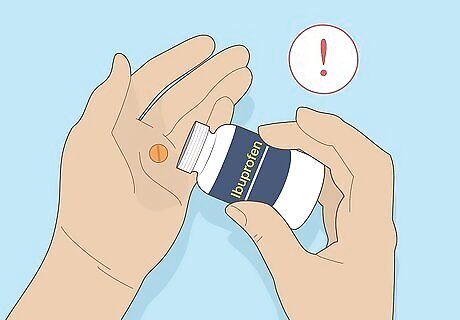
These can help ease discomfort in the short-term. However, using them frequently can interfere with your muscles' ability to heal itself. Only use pain-relief drugs rarely for the best results. Some common OTC painkillers are acetaminophen (Tylenol) or an NSAID (nonsteroidal anti-inflammatory drug) like Advil, Motrin, or Aleve.
Get some rest.
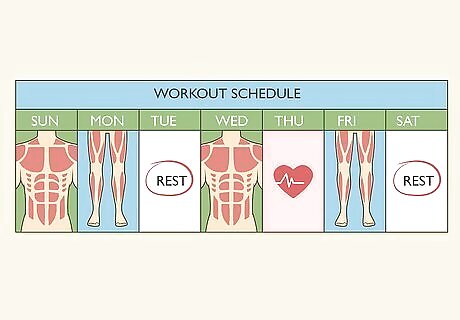
The best thing to eliminate muscle soreness is to rest. Do not return to the same muscle groups in your workout for 2-3 days to give them time to recover. If you eat well, stretch occasionally, and ice after tough workouts you should be able to keep your soreness in check and return to the field or weight room soon enough. Do not return to exercise if it causes pain, as this could be the sign of an injury.
Warm up for your activity slowly.
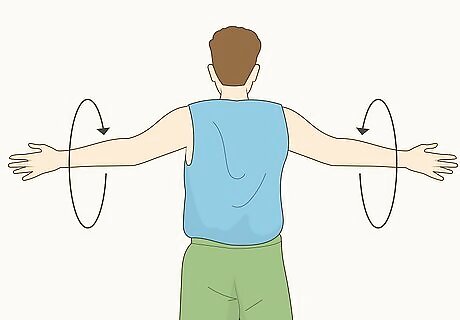
One of the easiest ways to hurt your muscles is to jump right into your exercise. Whether you're jogging up a hill, bursting into a sprint, or heading straight to the court, you need to stretch. Your muscles need time to literally get warm, which allows them to elongate and contract without tearing. Try the following warm-up before stretching. Jog lightly for 10-15 minutes. Jump, skip, shuffle, or high-step for 5-10 minutes to activate specific muscles. Swing your arms in small circles at your sides, gradually getting larger. Do 10-20 lunges, push-ups.
Stretch, but not too much.
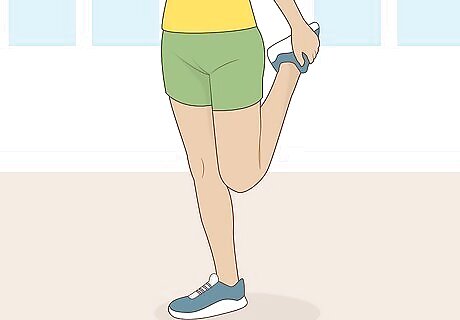
There is some debate over whether stretching can actually prevent muscle soreness. That said, light stretching after a warm-up will elongate your muscle fibers and increase flexibility. Hold each stretch for about 10-15 seconds. Stop stretching if you feel pain–stretching should never hurt. Focus on the muscles you are going to work out. If you’re going to run, stretch your quads and hamstring. If you’re lifting then stretch your arms, shoulders, and back.
Try pre-workout supplements.
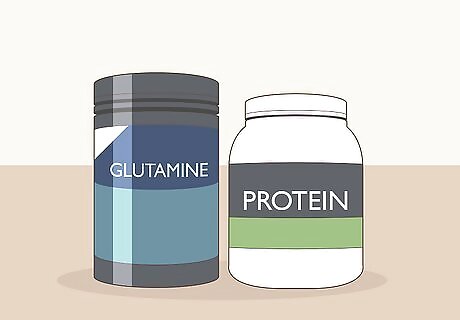
Glutamine and protein may help with your muscle soreness. While this is a disputed topic amongst sports scientists, some studies have shown that these supplements can aid in muscle regeneration that prevents soreness. Pick them up at your local health store or online and have one 20-30 minutes before working out. Always drink plenty of water with supplements.
Eat foods rich in omega-3s.
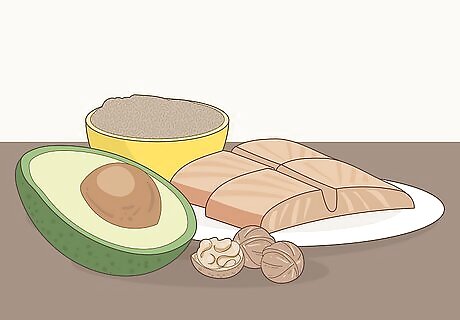
Omega-3s are a natural anti-inflammatory agent. They even reduce swelling and damage around your muscles. Some good sources include: Salmon Flax and chia seeds Avocados Walnuts
Know that muscle soreness is natural.
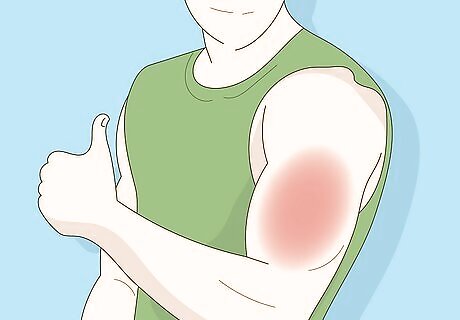
Even professional body-builders get muscle soreness. While it is uncomfortable, it will go away within 2-3 days. The more frequently you work out the less likely it is that you will get sore. Most muscle soreness occurs because of: Changes in workout intensity. Starting to work out after long periods on inactivity. New exercises or working new muscle groups.


















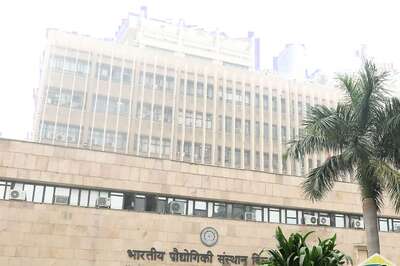
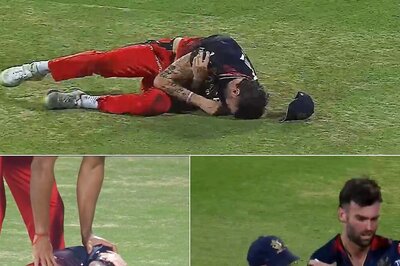
Comments
0 comment